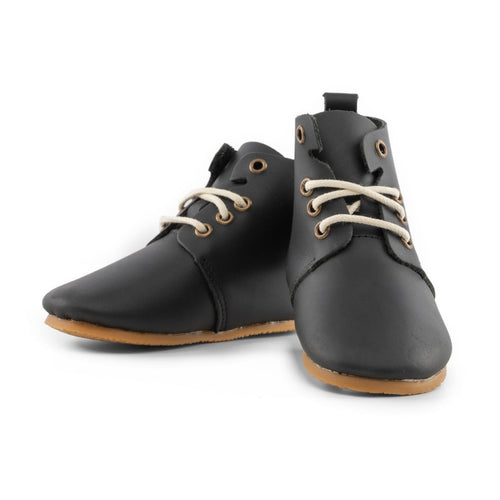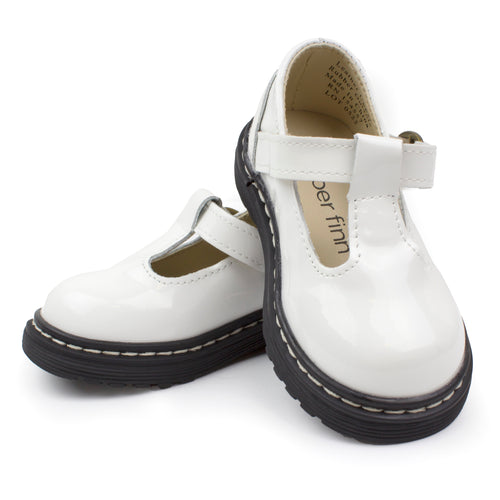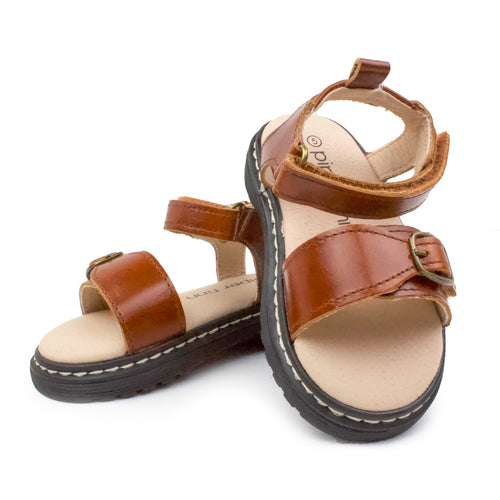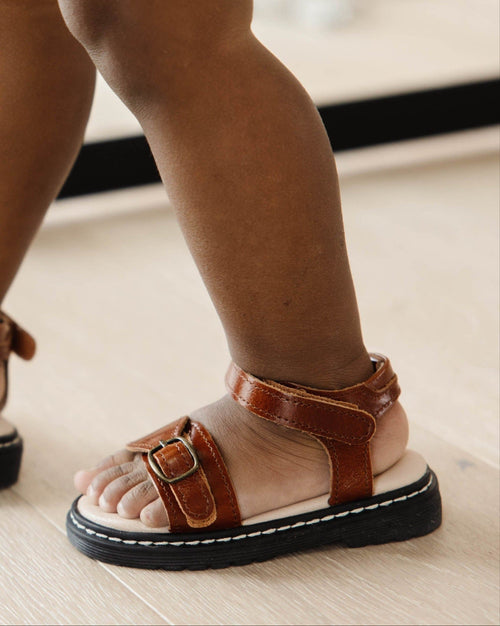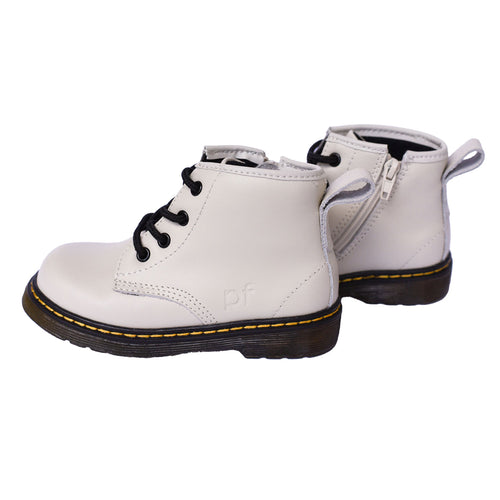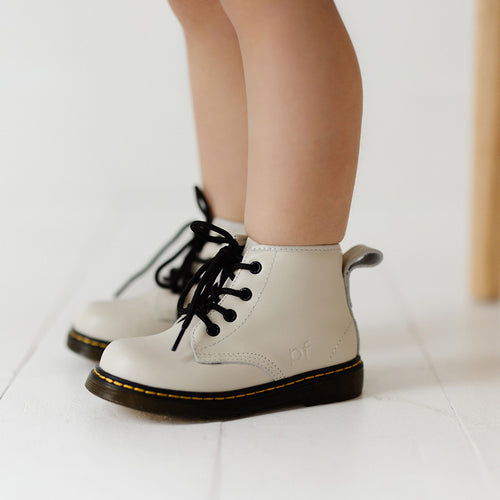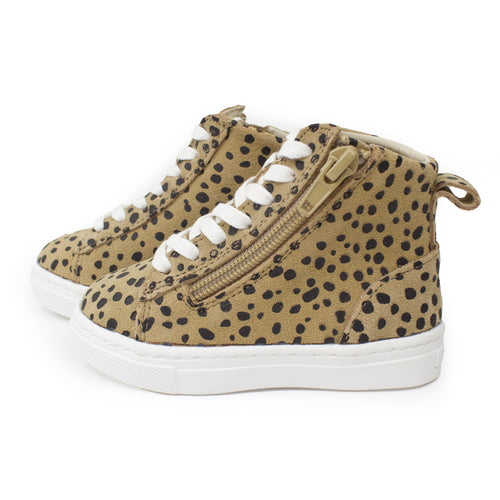Transitioning from a solely milk-based diet to solid foods is a significant milestone as your baby grows and develops. Weaning from breastfeeding or formula feeding is essential to your baby’s development and lays the foundation for their future eating habits.
Baby-led weaning (BLW) is a popular approach for introducing solid foods in a more family-friendly and natural way. In today’s Piper Finn blog post, we’ll explore what baby-led weaning is, the basics, benefits, and tips for a successful and enjoyable transition for your little one.
What Is Baby-Led Weaning?
Baby-led weaning is a strategy for introducing solid foods to your baby, allowing them to feed themselves from the beginning. Unlike traditional weaning methods, where purees and spoon-feeding are common, baby-led weaning encourages babies to explore and experience different textures and flavors at their own pace. The focus is on letting the baby take the lead in feeding, promoting self-feeding, and developing their motor skills.
Benefits of Bay-Led Weaning
Studies show that the approach has various advantages, including:
· Encouraging Healthy Eating Habits
Baby-led weaning allows babies to explore a variety of textures and tastes, promoting a diverse and nutritious diet. It can lead to a positive attitude toward food and a willingness to try new flavors and foods as they grow.
· Developing Motor Skills and Independence
By allowing your baby to feed themselves, baby-led weaning helps develop their fine motor skills and hand-eye coordination. It encourages independence and a sense of control over their feeding experience.
· Promoting Family Bonding
Mealtime becomes a family affair with baby-led weaning, and participation without pressure on time or amount of food consumed is encouraged. Sitting together and sharing a meal creates a sense of togetherness and provides a positive environment for your baby to learn from family members.
What are the Basics of Baby-Led Weaning?
Starting Time
The ideal time to start baby-led weaning is around six months of age when your baby shows signs of readiness for solid foods. This readiness includes sitting up independently, showing an interest in food, and being able to grasp and bring objects to their mouth.
Choosing Appropriate Foods
Opt for foods that are easy to grasp and handle, like soft fruits, steamed vegetables, and well-cooked grains. Ensure the food is cut into manageable, finger-sized pieces to prevent choking hazards and avoid foods with added salt, sugar, or choking risks like whole nuts.
Supervision and Safety
Always supervise your baby during meal times. Babies should be seated upright in a safe highchair to minimize choking risks. Encourage them to chew and taste the food, but be cautious about potential choking and suffocation.
Baby-Led Weaning from Breastfeeding
It’s important to remember that baby-led weaning complements breastfeeding or formula feeding. Breast milk or formula remains your baby’s primary source of nutrition, and introducing solid foods should be done gradually to supplement their diet.
Tips for Successful Baby-Led Weaning
- Introduce Foods Gradually – Start by offering small, easily manageable pieces of soft, age-appropriate foods. Begin with a single food item at a time, allowing the baby to explore its taste and texture.
- Continue Breastfeeding on Demand – Maintain breastfeeding on demand and let the baby lead the way. Solid foods should complement breastfeeding rather than replace it entirely.
- Offer a Variety of Foods – Present a variety of nutritious foods to expose the baby to different flavors and nutrients. Include fruits, vegetables, grains, and proteins in their diet.
- Create a Safe Eating Environment – Ensure the baby is seated in a safe, upright position to reduce the risk of choking. Always supervise the baby during meal times.
- Be Patient and Encouraging – Allow the baby to experiment with the food and encourage their efforts, even if it results in messy mealtimes. Patience and positive reinforcement are key.
- Follow the Baby’s Cues – Watch for signs of hunger and fullness, letting the baby decide how much they want to eat. Never force-feed or pressure the baby to eat.
Final Thoughts
Baby-led weaning is a gentle and empowering approach to introducing solid foods to your baby. By allowing your little one to explore and feed themselves, you’re encouraging healthy eating habits and fostering independence and motor skills development. Remember, every baby is unique, so trust your instincts and enjoy this exciting journey of introducing solid foods to your little one.


